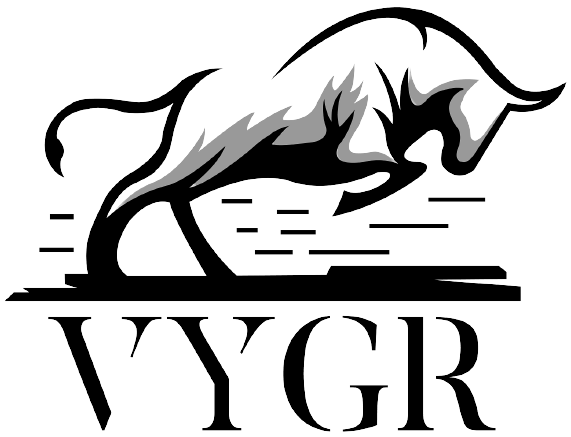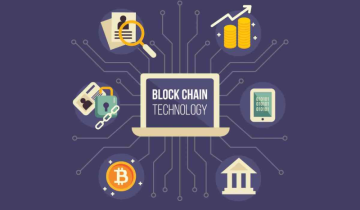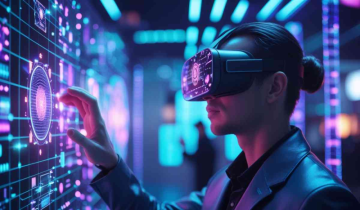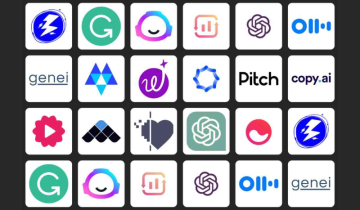As cities around the world grow rapidly, managing urban life efficiently becomes a big challenge. Smart cities, powered by the Internet of Things (IoT), offer a promising solution by using technology to make city living safer, cleaner, and more convenient. But what exactly are smart cities, and how does IoT fit into this picture?
What Are Smart Cities?
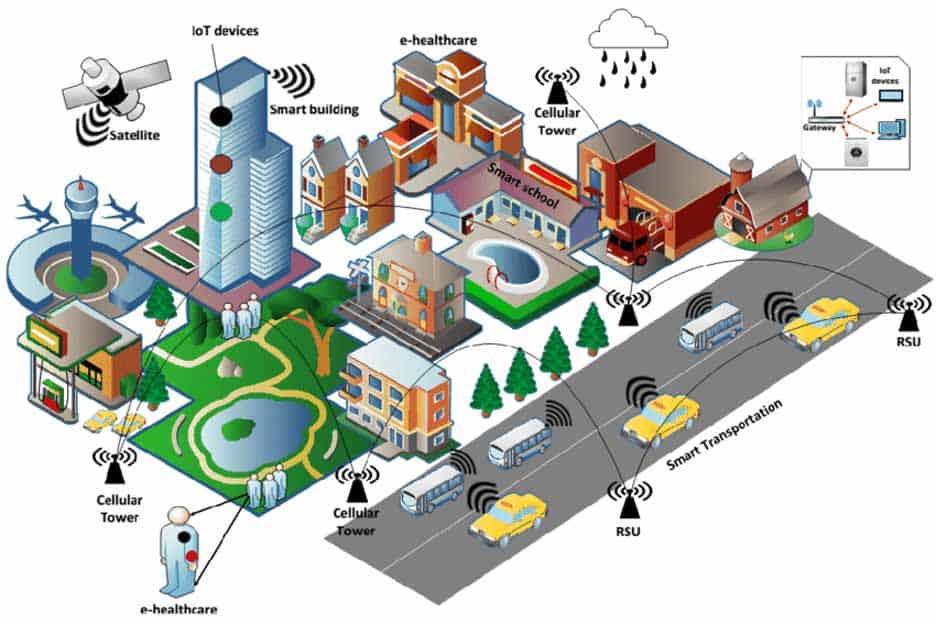
A smart city uses digital technology and connected devices to improve public services and the quality of life for its residents. These cities rely on IoT - a network of sensors, cameras, and smart devices that collect and share data in real time. This data helps city managers make better decisions about traffic, energy, safety, waste management, and more.
How IoT Enhances Smart Cities
IoT integration is at the heart of smart city development. Here are some key ways IoT helps cities become smarter:
-
Efficient Transportation: IoT sensors monitor traffic flow and public transport usage, helping reduce congestion and wait times. Connected vehicles can communicate with traffic lights and each other to improve safety and travel efficiency. Smart parking systems guide drivers to available spots, cutting down on the time spent searching for parking and easing road congestion.
-
Energy Management: IoT devices track energy consumption in buildings and street lighting, enabling cities to reduce waste and save costs. Smart grids powered by IoT balance electricity demand and supply, integrating renewable energy sources smoothly.
-
Waste Management: Sensors in garbage bins and collection trucks optimize waste pickup routes, saving fuel and reducing pollution. IoT can also monitor water quality and detect leaks early, preventing wastage of precious resources.
-
Public Safety: Surveillance cameras and sensors help detect security threats and monitor emergency responses, making cities safer for everyone.
-
Environmental Monitoring: IoT devices track air quality and environmental hazards, providing data to protect public health and guide policies for cleaner urban environments.
-
Citizen Engagement: IoT platforms enable residents to report issues, provide feedback, and participate in city planning, fostering a more connected community.
Challenges to Consider
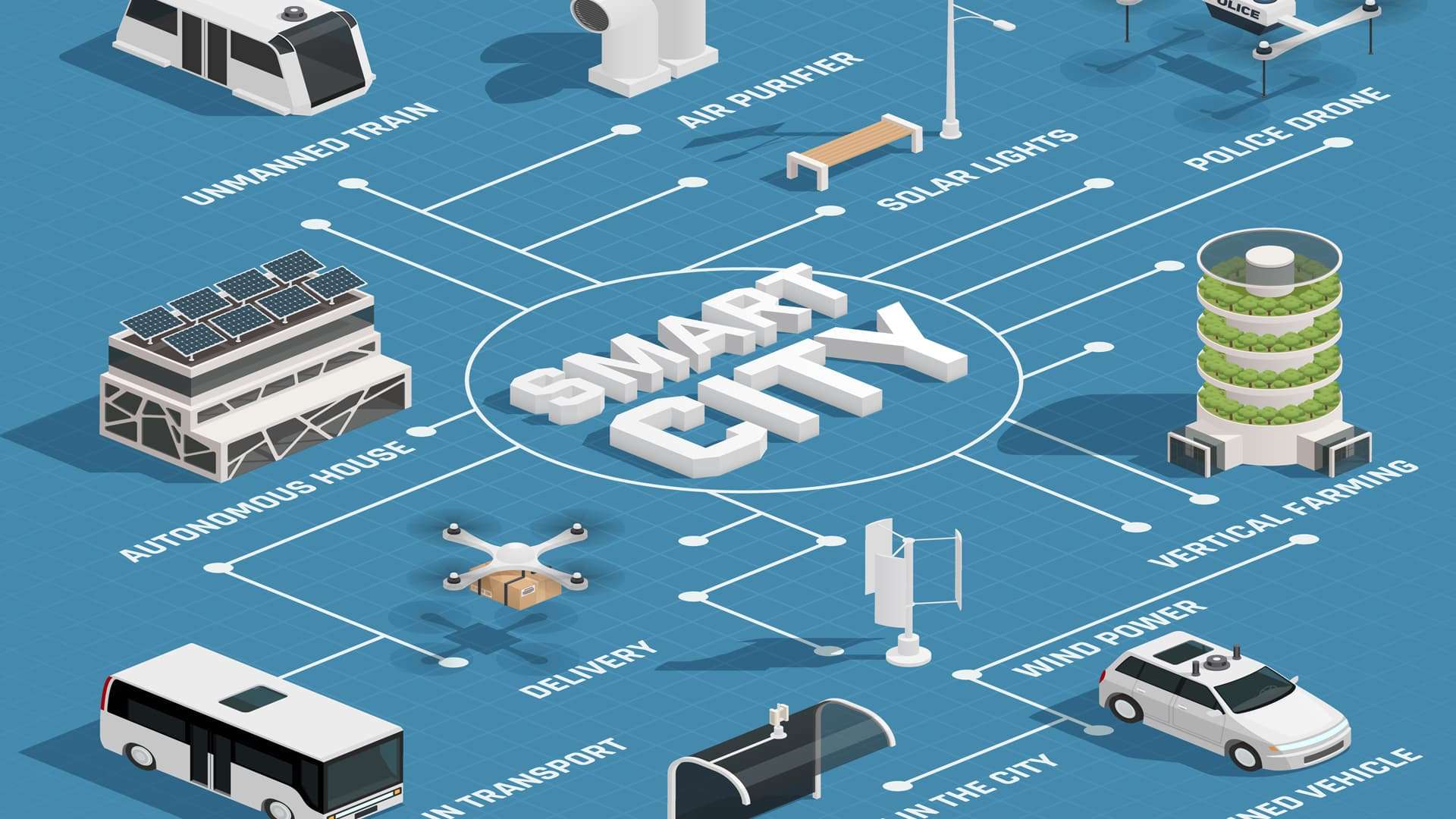
While IoT offers many benefits, integrating it into cities is not without challenges. Security and privacy concerns arise as more data is collected and shared. Interoperability issues occur because different devices and systems may not communicate well together. Additionally, cities need to invest in scalable infrastructure and ensure data accuracy and sustainability to make IoT solutions truly effective.
Smart cities powered by IoT hold great potential to improve urban life by making cities more efficient, sustainable, and responsive to residents’ needs. However, success depends on careful planning, addressing technological challenges, and protecting citizens’ privacy. As more cities adopt IoT, ongoing innovation and collaboration will be key to building smarter, more livable urban environments for the future.

In conclusion, the integration of IoT with smart city initiatives is transforming how cities operate and serve their people. By harnessing real-time data and connected technology, smart cities can create safer, cleaner, and more efficient spaces that benefit everyone - today and tomorrow.
With inputs from agencies
Image Source: Multiple agencies
© Copyright 2025. All Rights Reserved Powered by Vygr Media.
